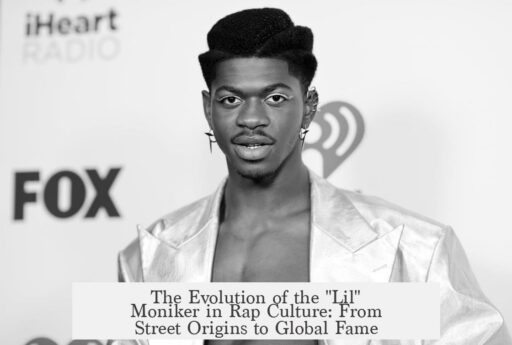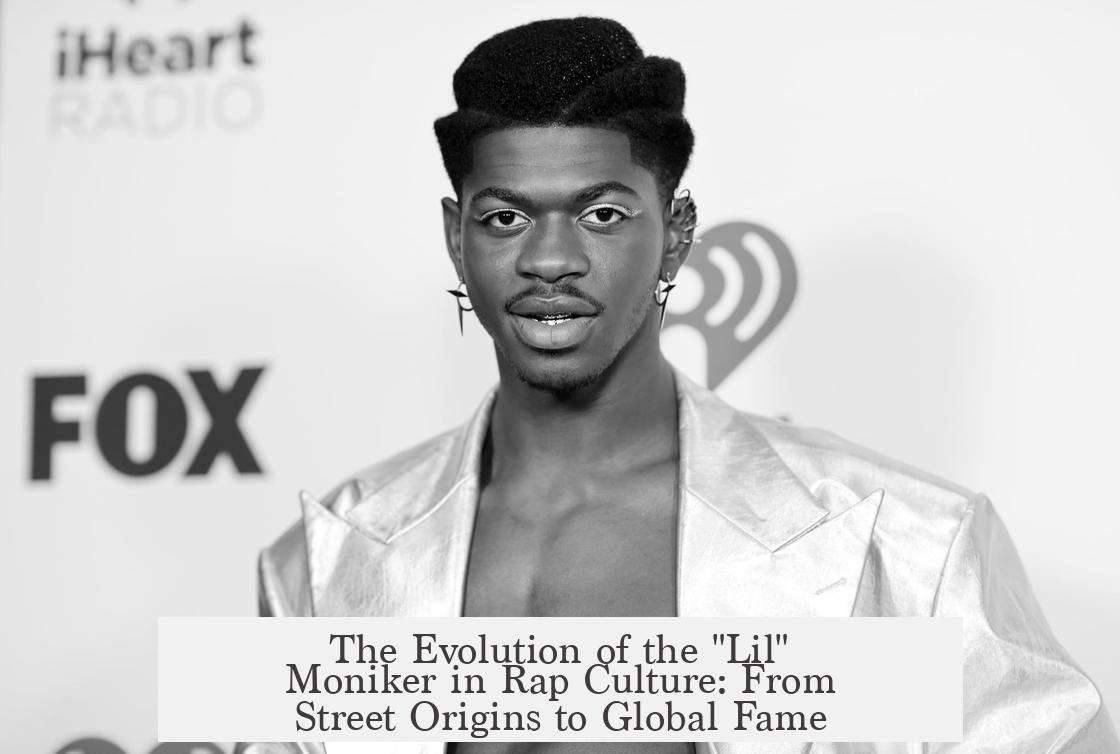The origin of rappers adopting the “lil” moniker stems from its roots in US street gang culture, where it identified someone as a junior or successor to an established “OG” (original gangster). This meaning evolved into a widespread trend in rap music, popularized by key artists and the industry over time.
Originally, “lil” signified a person coming up under an influential figure in the streets, essentially a “second version” of that individual. Hau Latufeku explains it as a term from the gang world to mark protégés of established members. In the late 1970s and early 1980s, some gang-affiliated rappers incorporated “lil” into their names but achieved limited impact.
The moniker gained mainstream recognition primarily through Lil’ Troy, a former drug dealer turned rapper. Lil’ Troy scored several hits, becoming the first notable rapper to elevate “lil” as a stage name prefix in hip-hop.
After Lil’ Troy’s success, the “lil” prefix became trendy. Artists like Lil Bruce and Lil Jon emerged with the moniker, signaling its spread. The biggest surge in popularity came with Lil’ Kim’s debut solo album in 1996. As the “Queen of New York” and a pioneering female rapper, Lil’ Kim greatly increased the prefix’s visibility beyond its original gang connotation.
By the mid-1990s, the meaning had shifted significantly. The “lil” prefix largely lost its direct association with street gang culture, becoming a signifier of identity within rap rather than a gang connection. Around the same time, Lil Wayne began ascending in the rap world, releasing his first solo album in 1999, further cementing the trend.
The widespread use created a snowball effect. New, younger rappers started adopting “lil” to emulate their successful idols. This imitation fueled a rapid increase in “lil” names among emerging artists, making it a hallmark stylistic choice in rap culture.
- Originated in US street gangs as a prefix denoting “junior” or “successor” to an OG
- Early gangbanger rappers with “lil” had limited impact
- Lil’ Troy popularized the moniker with mainstream success in the 1990s
- Lil’ Kim’s 1996 debut album greatly boosted the prefix’s rap visibility
- By mid-90s, “lil” lost strong gang ties and became a broader rap identity marker
- Rise of Lil Wayne further popularized the usage
- Younger rappers adopted “lil” to emulate their idols, causing a snowballing trend
The Origin of Rappers Adopting the “Lil” Moniker: From Streets to Stardom
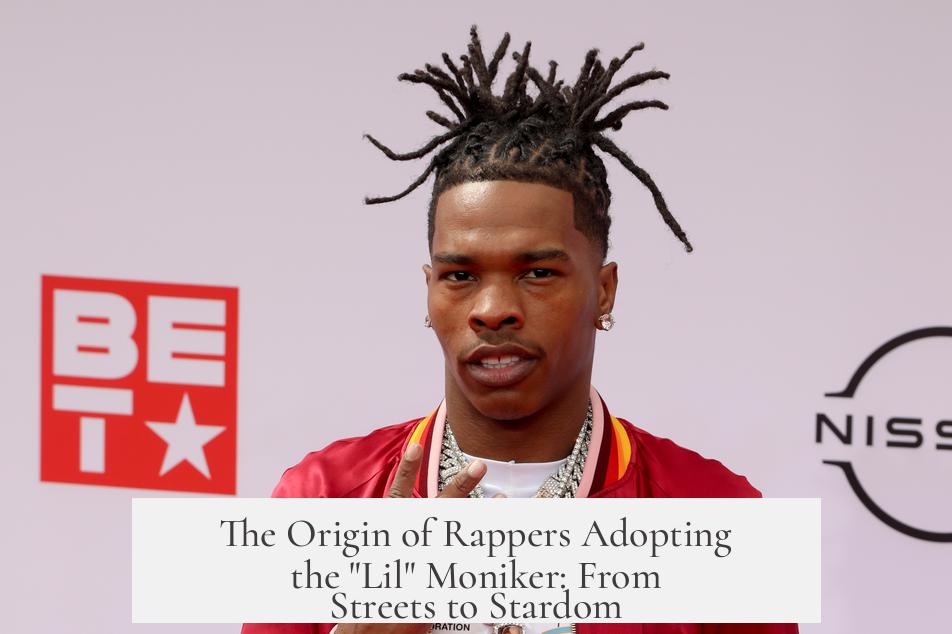
To put it simply, rappers adopting the “lil” moniker originally come from street gang traditions, where the prefix signified being a “little” or younger version of an established figure. Over time, this label transformed and grew into a major trend in hip-hop culture, eventually becoming a badge of honor for many artists. But how did a simple prefix from gang slang morph into the defining feature of countless rap stars? Let’s unpack the fascinating journey of the “lil” prefix step by step.
Street Gang Origins: The Roots of “Lil”
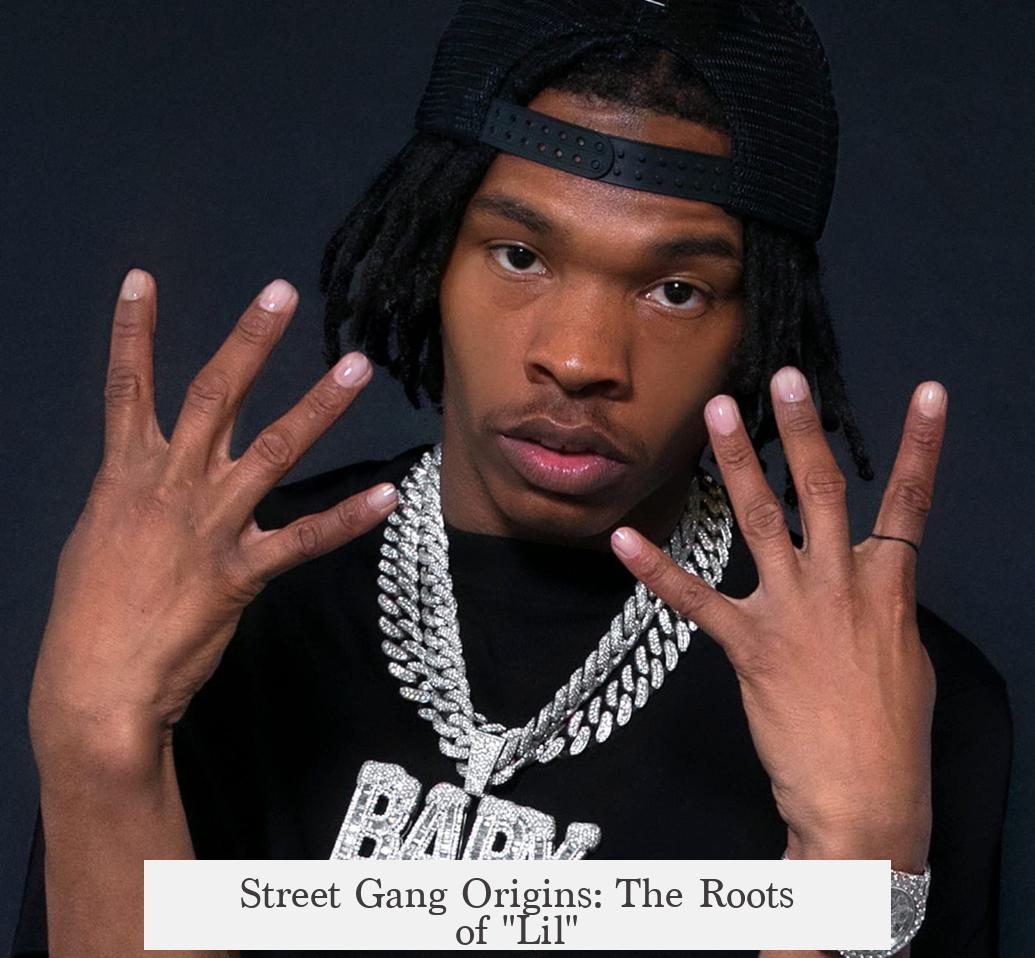
Before the fancy studios, flashy music videos, and millions in streaming royalties, the “lil” prefix had its humble beginnings in the streets of the US. Hau Latufeku, an expert on street culture, explains that the term originally denoted someone coming up under an “OG” (original gangster). It was a way to show respect and acknowledge a younger or second-version of a seasoned figure.
Imagine it like a family tree in the streets. The OG is the root, and the “lil” prefix tagged onto someone signaled their place as a direct protégé or successor. It was a street title, a stamp of belonging and mentorship. Being “lil” meant you were under someone’s wing, learning the ropes, or continuing a legacy.
Transition to Rap: The Early Experiments
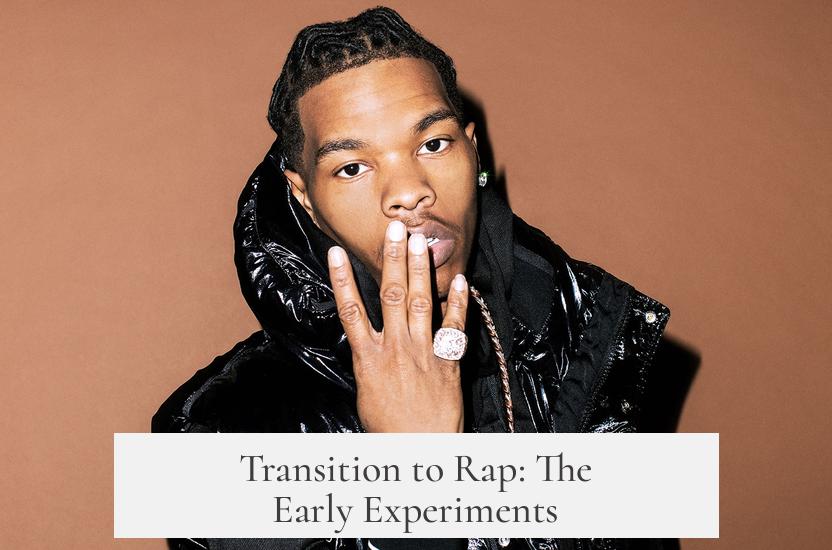
The leap from gang slang to rap culture wasn’t instant. In the late 1970s and early 1980s, some gang members who bore the “lil” prefix tried their hand at rapping. However, these early “lil” rappers didn’t make major waves in the music scene. Their efforts were more experimental than impactful.
One name stands out during this time: Lil’ Troy. A drug dealer turned rapper, Lil’ Troy became the first important figure in mainstream rap to use the “lil” prefix and gain substantial success. His career marked the turning point where “lil” wasn’t just street slang—it was becoming a brand.
Lil’ Troy’s hits bridged the gap between street credibility and mainstream appeal. Suddenly, the “lil” label became marketable and desirable.
The Trend Takes Off: Lil’s Everywhere

After Lil’ Troy’s success, it was like opening a floodgate. The “lil” prefix went from a rare nod to culture to a full-blown trend. Names like Lil Bruce and Lil Jon began appearing on the rap scene, further cementing the prefix as part of hip-hop identity.
Interestingly, by this time, the gang affiliation that originally came with “lil” started fading. By the mid-1990s, the term had largely lost its direct connection to street gangs. It transformed into a cultural symbol rather than a gang sign.
The Game Changer: Lil’ Kim’s Influence

Nothing supercharges a trend like a superstar. Enter Lil’ Kim in 1996. Known as the Queen of New York and hailed as one of the greatest female rappers ever, her debut solo album pushed the “lil” prefix into a whole new stratosphere.
Lil’ Kim redefined the “lil” image, combining fierce femininity with raw street authenticity. Her success inspired a wave of new artists eager to embrace the moniker, now disconnected from gangs and fully embraced by the mainstream.
The Rise of Lil Wayne and Continued Popularity
At the same time, another Lil was climbing the ranks—Lil Wayne. Starting his rise in 1996 and releasing his debut solo album in 1999, Lil Wayne helped fuel the popularity of the prefix throughout the 2000s and beyond.
His versatility and immense influence made the “lil” prefix a symbol of innovation and hustle in rap culture, inspiring countless newcomers.
The Snowball Effect: From Idols to Imitators
Here’s where the “snowball” really kicks in. With so many successful rappers using the “lil” prefix, young and upcoming artists began to imitate their idols. This modeling created a bandwagon effect, exponentially increasing the number of “Lil” rappers.
It became almost a rite of passage—picking a “lil” name was one way to signal, “I’m part of this culture, I’m ready to ride.” The moniker now carries less about hierarchy or mentorship and more about identity and branding.
Why Does the “Lil” Trend Endure?
It’s simple. The “lil” prefix is compact, catchy, and flexible. It works for any style, from hardcore rap to melodic trap. It signals humility and respect at first glance, a nod to the past while moving forward. Plus, it’s a shortcut to name recognition, helping artists stand out or sound relatable.
Is there a risk that “lil” is overused? Sure. But trends ebb and flow. For now, it keeps popping up because it’s an anchor in a rapidly evolving scene. Plus, it’s playful; for example, Lil Uzi Vert or Lil Durk clearly convey personality with their “lil” names attached.
Wrapping It Up: From Street Slang to Global Identity
The journey of the “lil” prefix is a story about evolution. It began as a label in street gangs symbolizing a close follower or younger version of an OG. It then tentatively entered rap through early gangbanger artists. Lil’ Troy’s success in the late ’90s brought it mainstream attention. From there, stars like Lil Kim and Lil Wayne turbocharged its acceptance.
Now, the “lil” moniker is a cultural icon in hip-hop. It no longer confesses gang ties but symbolizes connection, homage, and aspiration. Aspiring rappers use it to honor tradition and stand out in a crowded field. So next time you hear “Lil,” you’ll know it’s more than just a cute nickname—it’s a badge with deep roots and a dynamic history.
Curious to dig more? Explore how names shape identity in music and beyond—the power of a simple word can be monumental.
